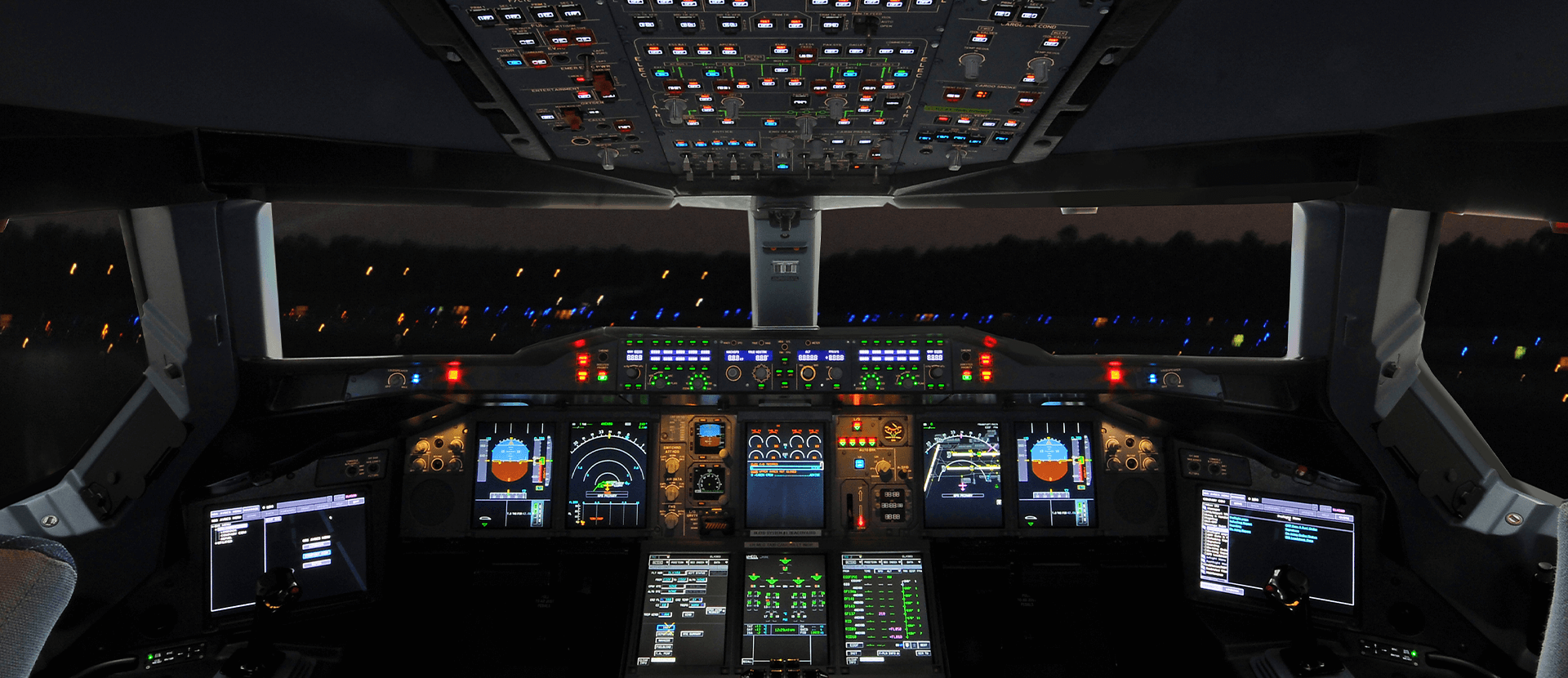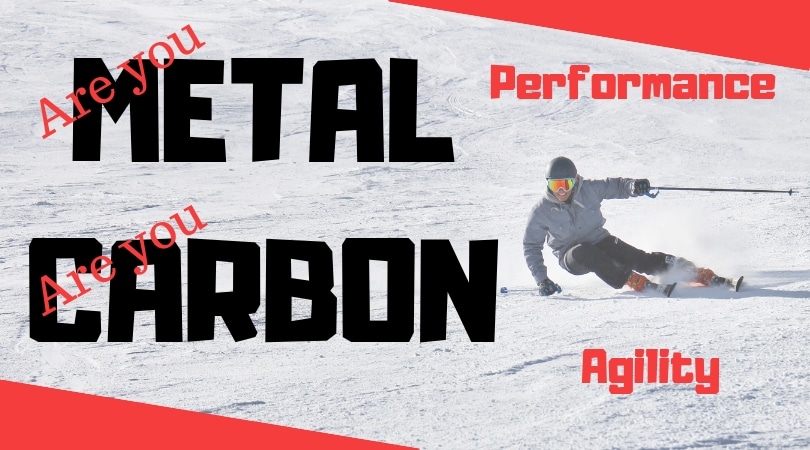Interesting story. In the paper they talk about something similar being used to dampen vibrations in aircraft panels, so this type of gadget has been used for other applications with success.
Can't do torsion modes with just buttons. Notice the black strip across the shovel of the K2 in the second series of pics? I suspect they have one of these on there:

Vibration Control - Damping Systems - DTI
DTI's custom-designed passive damping systems reduce resonant vibrations that cause unwanted noise and harmful vibration.
I have rented skis with the UVO buttons and could hear noise from them in some cases. Hard for me to tell what they are doing exactly without a direct A/B comparison (ie with and without the buttons).
Don't forget that, by the time *noises* created by ski/snow contact get to the UVO button, there are 15 dozen other modes in which they propagate to your ear - including ones that mostly propagate in air, that the UVO can do absolutely nothing about.
Do also notice that every ski has a sort-of-UVO built into it - the portion of the ski between contact point and ski tip can easily act as a flexing mass damper. You can change the frequency response by changing the mass and the flex zone layup. Kinda sheds a new light on super-light tips and holes in them, eh?
The paper also mentions that the boot/binding interface may have most of the dampening in the ski setup, so it may be hard for people to actually feel the dampening differences between skis.
Completely agreed - and I have made this point in other threads. I argued there that what people are actually feeling is *not* damping but suspension stiffness/deflection rate. Especially suspension stiffness that has a strong frequency dependence, so that higher frequencies do not propagate equally.
I think my hard stance on this point might have pissed off some people, because they love using the word 'damping' to indicate sensations on the spectrum between limp response, like a Caddy with saggy springs and underinflated tires , and really stiff suspension response, like a Jeep with off-road springs driven across potholes.
Last edited:





